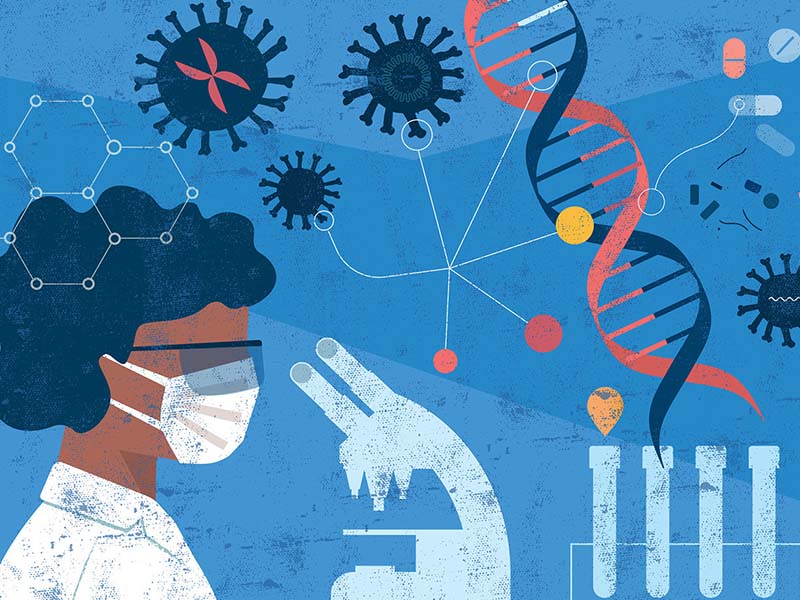01 Terms Related To Common Routes Of Administration
(1) Intra-Venous, IV: Commonly used injection sites include the basilic vein, median vein, and cephalic vein of the cubital fossa.
(2) Intra-Aterial, IA.
(3) Intra-cutaneous, IC; Intra-dermal, ID: The drug is injected between the epidermis and dermis of the skin, and the injection dose is about 0.1-0.2 mL.
(4) Sub-Cutanoeus: inject the drug into the subcutaneous tissue, the commonly used injection sites are the upper arm and the lateral thigh, and the injection dose is about 1-2 mL.
(5) Intra-Musclular, IM: It is suitable for when intravenous injection is not suitable or impossible, and when the curative effect is required to be faster than subcutaneous injection, and when injecting drugs with strong irritation or large doses, the injection site is usually the gluteus maximus.
02 Common Terms Related To Dosing Frequency (Below Is Latin)
Quaque die, QD
Bis In Die, BID
Ter In Die, TID
Quater In Die, QID
Quaque Week, QW
03 Terms Related To Different Stages Of New Drug Development And Marketing
(1) IND, Investigational New Drug
For the production of any new drug, clinical research must first be carried out, and clinical research requires approval and declaration by the Food and Drug Administration, which is IND declaration.
(2) NDA, New Drug Application
After the new drug has undergone clinical trials, it is the stage of applying for registration and marketing. After the clinical research stage, the development of new drugs can be regarded as a phased success. However, it’s still some way off the market. New drugs that have passed clinical research also need to prepare materials as required for registration and listing.
(3) ANDA, Abbreviated New Drug Application
Generic drugs are copies of innovative drugs, but NDA declarations are also required.
04 Technical Terminology Related To Standards For Measuring Curative Effect
(1) Overall Survival, OS
It refers to the time from the entry of the patient into the study to the final death of the patient. The longer the overall survival time, the better the efficacy of anticancer drugs. Therefore, this indicator is used to evaluate and measure the efficacy of anticancer drugs.
(2) Progression-Free Survival, PFS
It refers to the time from the time when a patient enters the study to the first recurrence/metastasis of the tumor. Progression-free survival should be understood as the disease has been effectively controlled and no new progress has occurred. The longer the progression-free survival, the better the treatment effect.
(3) Five-Year Survival Rate
Refers to the proportion of tumors that have survived for more than five years after various comprehensive treatments. A large number of studies have confirmed that after tumor treatment, part of the tumor may be found to have metastasis and recurrence, and most of the metastasis and recurrence occurred within 3 years after radical surgery, and a small part occurred within 5 years. Therefore, if various tumors do not recur within five years after radical surgery, the possibility of recurrence is very small. Therefore, the 5-year survival rate is often used as a reference data for the efficacy of tumor treatment.
(4) Complete Response, CR
It means that all tumor lesions have disappeared, no tumor tissue can be found in the patient’s body, and the patient’s tumor marker levels have returned to normal. Complete remission is the most effective result in the evaluation of clinical efficacy.
(5) Partial Response, RP
Compared with complete remission, the treatment effect is slightly worse, but it has reached a good level, indicating that the lesion has shrunk by at least 30% compared with before, and it can last for more than 4 weeks. It can be considered that the treatment effect is ideal.
(6) Stable Disease, SD
Stable disease is an intermediate state between partial remission and disease progression, indicating that the degree of reduction of target lesions has not reached the level of partial remission, but it has not reached the level of disease progression, and the changes in the volume and number of lesions are between the two. Although drug therapy may limit tumor growth to some extent, clinically it is generally believed that this situation means that the treatment effect is poor.
(7) Progressive Disease, PD
It means that after the patient takes the medicine, all the lesions in the body increase by at least 20% compared with before the medicine. Or new lesions appear. This shows that the treatment is basically ineffective.
05 Terms Related To Measuring Drug Safety
(1) Adverse Event, AE
Refers to any medical event that may or may not necessarily be related to the experimental treatment and the experimental drug/medical device that occurs to the subject in the clinical trial.

(2) Adverse Drug Reaction, ADR
It is a concept that is relatively easy to be confused with adverse events. After evaluation and research, adverse events are confirmed to be related to the drug under study, and they are called adverse drug reactions. The key difference between AEs and ADRs is whether they are related to the trial drug.
(3) Serious Adverse Event, SAE
Refers to unmanageable medical events occurring at any dose, whether related to treatment or not.










